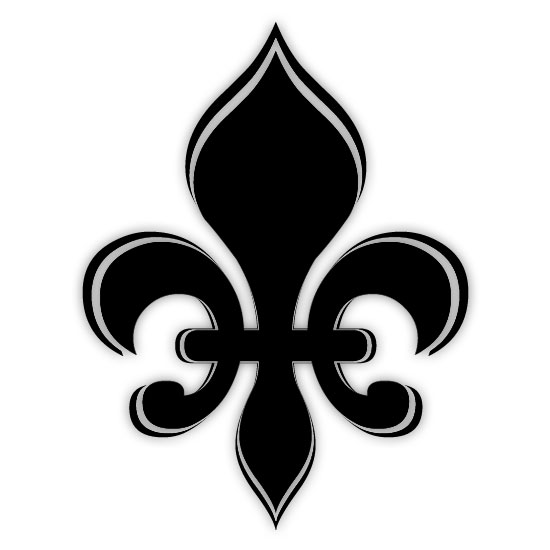|
Frustration, Procrastination, and Ennui
Some days, when I'm working on a writing project, whether it be a novel or a poetry book or this blog, I feel the need to step away. Some days, I don't even feel like writing. Some days, I just don't know what to do with myself.
On those days, the need to create never fades, so I look to other outlets to satisfy that need. I have found that the visual arts are a natural fit. I have no aspirations to present at a gallery showing, but thanks to the internet and handy apps like Instagram, I can share my visual works with the world. While creating art is a highly personal pursuit, and I get much satisfaction in just the making of it, I feel the work isn't complete until I release it to the universe--even if no one ever sees it.
It's Not Just Me
Many writers have also doubled as visual artists. Lewis Carroll, William Blake, e.e cummings, and Sylvia Plath are just a few. It makes sense that writers would be attracted to drawing as another way to express the visions in their heads. While I've never taken the time to learn to draw, I can point and shoot my phone's camera. In a way, visual art is a more immediate, sometimes less frustrating way to present an idea.
Kurt Vonnegut Jr., the absurd humorist known equally for his amusing novels as for the hilarious doodles that accompany them, once referred to his visual artwork as a temporary escape from the "tedious, and constipating" nature of writing.
Alternative Pursuits
My creative diversions vary, depending on my mood. I enjoy working in the garden, finding strange rocks and other objects and stacking them or arranging them in strange ways. Indoors, I sometimes practice the meditative work of calligraphy, which satisfies a rudimentary need to place pen on paper. (I feel like I'm writing, even though it's nonsense).
My favorite visual art diversion, is the aforementioned photography and posting on Instagram. I've never taken a photography course (which is probably obvious), but I may someday. One quality that makes a writer is the ability to notice things...to really look and notice the world around them. I focus on small household items that jump out at me for some reason. Then I play around with filters, sometimes to the extreme, and sometimes using none at all. Below are a few of my Instagram posts. You can see the rest of them here.
This was a Forsythia bloom that fell next to a small puddle of water on my kitchen counter. I was feeling extreme that day, so I pushed the orange filter and contrast filters to the extreme.
One day, I was in the shower and I noticed how the water affected the bristles on the back brush. It reminded me of the "dripping code" effect from the movie The Matrix for some reason. I kept thinking about it, so I went back later and recreated it, recorded it, and used a black and white filter because art.
This was one of my first artsy Instagram posts. I was conducting the most basic of human functions in our downstairs powder room when I noticed the crooked slats in the vent next to all the straight lines of the baseboard and the square tiles. For some reason, it pleased me. Again, I played around with the filters, until it looked gritty and highly contrasted, which also emphasized the dirt. Hence: Dirty Crook
I try to limit the use of black and white filters because it seems a bit hipster for my taste, but some images call for it. I find that I can express my humor, sarcasm, and general weirdness in photographs, something I find hard to accomplish in a satisfactory way with my writing.
The Current Project Satisfies
I am currently working on a new poetry book for children, a collaborative effort with my mother, Jane Comtois, who contributed her folk-art paintings to the project. The book is a companion to our first collaboration, First Snow: Poems and Folk-art of Winter, in which I wrote a bunch of winter-themed poems and my mother painted pictures based on those poems.
The new book is tentatively titled How Big Is the World, and it contains folk-art and poetry inspired by the other three seasons. This time around, we reversed the process. My mother painted the pictures first, and then I wrote poems to accompany them. I found this process more difficult. It's easy to think of a poem in your head. It can be anything you want it to be, but to write about a picture and do it justice, that was far more challenging. I have completed the writing process, and now I'm working on the visual layout and formatting of the book, which more than satisfies my need to create visual art.
Writing as Visual Art?
Perhaps writing itself is a form of visual art for me. I enjoy words--reading them, saying them, looking at how the printed letters come together and the negative space in between. Maybe that's why I enjoy writing longhand with pen and notebook--the vision of the loops as the pen traces across the paper.
Perhaps this is why I enjoy collecting old books; the yellowing paper, the old font-types, the cover art, the bookplates. Or, perhaps, I can see almost anything through the filter of art, which raises the age-old question: What is art? But that is for another blog post.
0 Comments
Leave a Reply. |
About meI write novels and poetry and this blog. Categories
All
Archives
January 2022
|



 RSS Feed
RSS Feed
